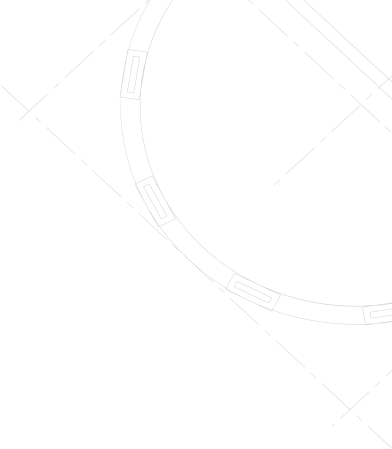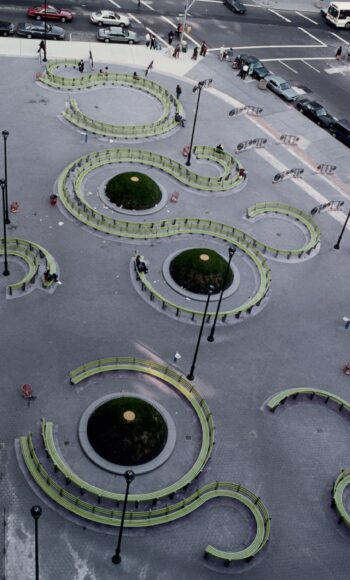



There is no silver bullet, only silver buckshot
A well-built home pursues multiple pathways to achieve results.





Air Sealing
You should build a tight home.
Think of it like a down jacket: Wear a heavy down jacket, leave it unzipped, and you’re still cold. That’s because cold air is getting past the insulation. Zip up the jacket and suddenly you’re toasty warm. Your home works the same way. You can insulate all you want, but if you leave lots of gaps, cracks, and crevices for air to leak through, you have a home that’s drafty and expensive to heat and cool. How tight should your home be? Massachusetts Code says 3.0 Air Changes per Hour at 50 pascals pressure (ACH50). Passivhaus requires 0.6 ACH50. Building Science Corporation research suggests 2.0 ACH50 is the sweet spot. We typically target between 1.0 and 1.5 ACH50 where cost and benefit seem to align, but often end up below 1.0 ACH50.





Insulation
You should build a well insulated home.
Continuing with the down jacket example: It’s cold outside and you’re wearing a light windbreaker. You’ve got it zipped up, but you’re still cold. So you start doing jumping jacks to warm yourself up. You are burning calories (energy) to generate heat to warm you up. If you swap the windbreaker for the down jacket, you keep more of your body heat from escaping and save the calories for later. Your home works the same way, insulate it and burn less energy. So here’s the trick with insulation: don’t limit your thinking to what is filling the empty spaces inside your walls. Imagine a wall that is twelve-feet long with a four-foot by three-foot window. The window accounts for almost 15% of the wall space and framing materials account for an additional 20%. That means that the cavity insulation only takes care of one-third of the wall!
The lesson here is that windows and framing/insulation practices matter. There are different ways to build and insulate a wall assembly and you should understand your options. Your team should understand the options as well.





Electrification
You should build all-electric.
Today’s all-electric homes are not the inefficient electric homes of the 1980’s. They are less expensive to build and operate, healthier, safer, and a better long-term investment. They are also an important element of our path to net-zero emissions.
Why are all-electric homes less expensive to build? The work associated with connecting to natural gas infrastructure or installing and maintaining propane tanks is eliminated in an all-electric home. Also, ventilation and life-safety systems designed for combustion of fuels inside the home can be down-sized or eliminated. Electrification simplifies the construction process by reducing the amount of coordination among trades. If you’d like to learn more, the Rocky Mountain Institute is a good source for analyses on the cost of electrification.
Why are all-electric homes less expensive to operate? Today’s heat pumps are very efficient and require less maintenance than gas- or oil-fired boilers. If you are able to install solar panels on-site, you can also generate some or all of your own energy. And depending on incentives available, the panels may pay for themselves in a relatively short time.
Why are all-electric homes healthier and safer? There is no storage or combustion of fossil fuels inside an all-electric home, and therefore, no combustion gases in the kitchen or anywhere else in the home. Furthermore, induction cooktops do not have flames and heat pans instead of cooktops, so kitchens are safer for everyone.
Why are all-electric homes a better long-term investment? Many towns are passing by-laws prohibiting installation of fossil-fuel infrastructure in homes. As the prevalence of these systems fades and demand drops, supply of service and replacement parts will shift and the cost of maintaining systems will go up. And if carbon is efficiently priced by the market, any current cost advantage that accrues to natural gas will be reversed.





Mechanical Ventilation
You should ventilate your home.
If your home is tight, you want to make sure you are getting a good supply of fresh air. A good ventilation system includes either a Heat-Recovery Ventilator (HRV) or an Energy Recovery Ventilator (ERV) so that you either pre-heat or pre-cool depending on the season and filter the fresh air you are bringing into your home.





